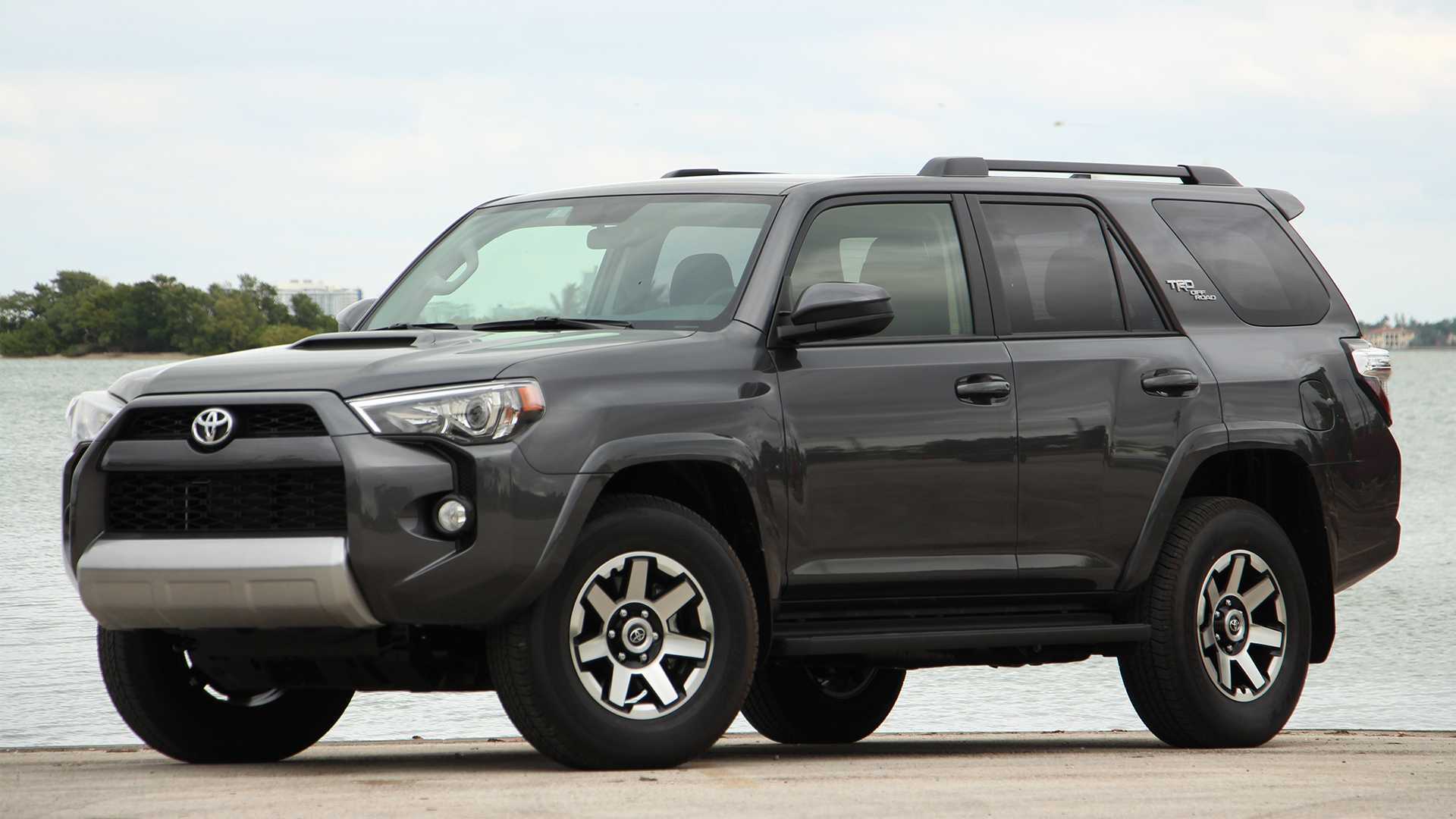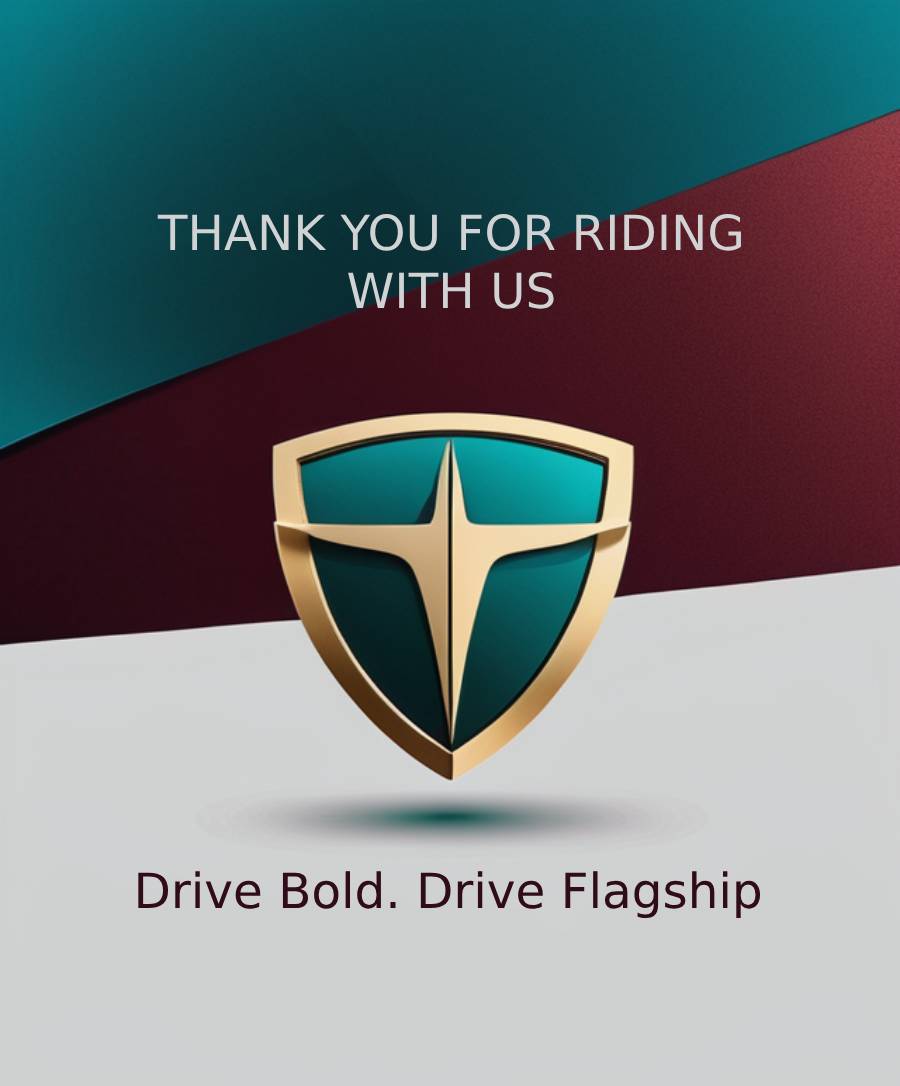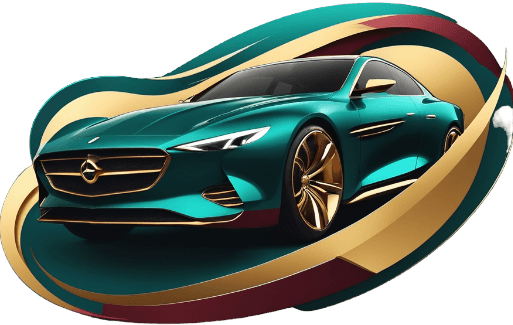Your cart is currently empty!

Six Common Problems With The Fifth-Gen Toyota 4Runner
After a long and successful fourth-generation N210 4Runner production from 2003 to 2005 and a facelifted model that dominated the SUV scene from 2006 to 2009, Toyota introduced the fifth-generation N280 4Runner in 2010. With the sixth-generation 2025 4Runner on the horizon, the fifth-generation Toyota 4Runner is still the latest iteration of the SUV. Unlike the rest of the models, this generation is still relatively new. Although it is newer, there are still some common problems with the fifth-gen Toyota 4Runner that you should know.
Overview Of The Fifth-Generation Toyota 4Runner
Carrying on the momentum of the predecessor, the newer Toyota 4Runner offered updated technology, power, and never-seen-before offroading capabilities. Most importantly, the fifth iteration of this classy crossover also inherited its sibling’s reliability reputation. It was clear that Toyota largely maintained the 4Runner formula but with a few twists. Unlike the previous model, the fifth-generation 4Runner came with a more refined and rugged look, which complemented its fierce power. After a long time of having the 4.0-liter V6 and a 4.7-liter V8 engines as the only options, the fifth generation 4Runner became more fuel-efficient with the introduction of a 2.7-liter Inline-4 engine, which replaced the Runner’s V8 engine.
In 2014, Toyota facelifted its best-selling 4Runner, modernizing the mid-size crossover. Not only did the revamped model have a newer shape, but it also brought a fresh set of modern driver-assist and safety technology. By 2015, the vehicle was available in four models: the SR5, Trail, Limited, and Pro. The Pro model was the toughest of the series, including several mechanical features to help with difficult road conditions, including Downhill Assist Control (DAC) and Crawl Control (CRAWL). Engine options for this version 4 Runner included a 4.0L V6 or a 2.7L inline-four. The 4Runner received an interior and external makeover in 2014, with the addition of the Optitron instrument panel and cosmetic improvements.
How Much Does The Fifth-Generation 4Runner Cost In 2024?
As the newest generation of the SUV, the fifth-generation 2010 – 2020 Toyota 4Runner is slightly pricier than its preceding models. Our observation tells us that this latest iteration of the 4Runner has had a successful time on the used car market. Some newest model years retail between $60,000 and $84,000. However, as a used car, the price largely depends on the condition and mileage, among other things. A potential buyer should expect to pay an average of $40,287 for a used fifth-generation Toyota 4Runner in 2024, according to Classic. If you’re looking for a low-price fifth-generation 4Runner, pick a model from 2010 to 2014, where you’ll pay as low as $11,300. However, it probably won’t be as advanced as the newer ones.
Common Problems With The Fifth-Gen Toyota 4Runner
We’ve all heard about 5th-generation 4Runners that cost more than $200k or $300k. When it comes to reliability, the 5th Generation 4Runners are among the most dependable vehicles available on the market right now. If you’re searching for a high-mileage 4Runner for a low price, this is a nice option. However, nothing is perfect. Toyota has responded to these issues, releasing software upgrades and other solutions. Like with any car, keeping it well-maintained and giving it regular attention will help to avoid problems and extend its lifespan. We’ve discussed the Fith-gen 4Runner’s common problems below.
Rust
Though any car or truck might rust, there’s a suspicion that Toyota cars were improperly treated at the factory with anti-corrosion chemicals. Consequently, the corrosive effects of road salt can easily damage the Toyota body frames. And there is a lot of evidence of rust from a lot of Toyota cars, even the fresh-out-of-the-factory ones. If you remember, Toyota once recalled about 690,000 Tacoma trucks for rust and corrosion.
Rust is a common culprit on the fifth-generation 2010 – 2020 Toyota 4Runner. It’s also one of the most common problems on the second-generation models as well. The thing about rust is that it’s hard to treat. If you spot any significant rust on a 4Runner (you know, the kind of rust that spreads to the chassis), look elsewhere. However, small rust patches on the body are okay and will cost less to fix.
Fuel Economy
Another issue reported by some fifth-generation 4Runner owners is with the fuel economy. Some have reported that the vehicle gets lower than expected gas mileage, which can be disappointing for those hoping for better efficiency.
Because they are built with bad aerodynamics, the fifth-generation 4Runners get particularly low gas mileage. While they’re curvier than the first and second-generation 4Runners, the fifth-gen 4Runners weigh more than the predecessors.
Transmission Problems
The faulty transmission makes this one of the common problems of the Fifth-Gen Toyota 4Runner. The transmission is one of the most commonly reported difficulties with the fifth-generation 4Runner. Some owners have complained about the transmission slipping or not shifting properly, which can lead to poor performance.
Faulty Brakes
The fifth-generation 4Runner has also been noted to have brake issues. Some owners have noted that they respond slowly, which can be unsafe while driving. This issue could be caused by a multitude of circumstances, including low brake fluid or damaged brake pads.
Problems With Infotainment System – Bluetooth Echo
Some fifth-generation 4Runner owners have reported problems with the infotainment system, just as they did with prior generations. Some users have stated that the system freezes or crashes, while others have complained that it is slow to respond, especially after long-term usage.
The most widespread infotainment system in the fifth-generation 4Runner is the echoing Bluetooth feature. Users report hearing echoing sounds while making hands-free conversations in Toyota vehicles from 2016 to 2019. To minimize echo, Toyota established guidelines that required users to check the phone volume and pick it up after every call. The Bluetooth echo feature was resolved in some all 2020 models, thanks to the standard Apply CarPlay and Android Auto.
Suspension Issue
There have also been reports of suspension issues with the fifth-generation 4Runner. Some owners have complained that the ride is uneven or unstable, while others have said that the vehicle leans to one side. These troubles could be the result of damaged suspension components or poor alignment.
Author Details

Our Team
Hi there! Welcome to Flagship Drive.
I’m Wilfred Nkhwazi, a passionate car lover from Africa. I created this platform to share expert insights, honest reviews, and a fresh perspective on the latest cars and automotive trends. Let’s hit the road together.
Advertisement

Recent News

